33 Dyslexia Statistics & Facts: How Many People Have Dyslexia?
70-80% of people with poor reading skills, are likely dyslexic. Here are the most up-to-date statistics and facts about Dyslexia.
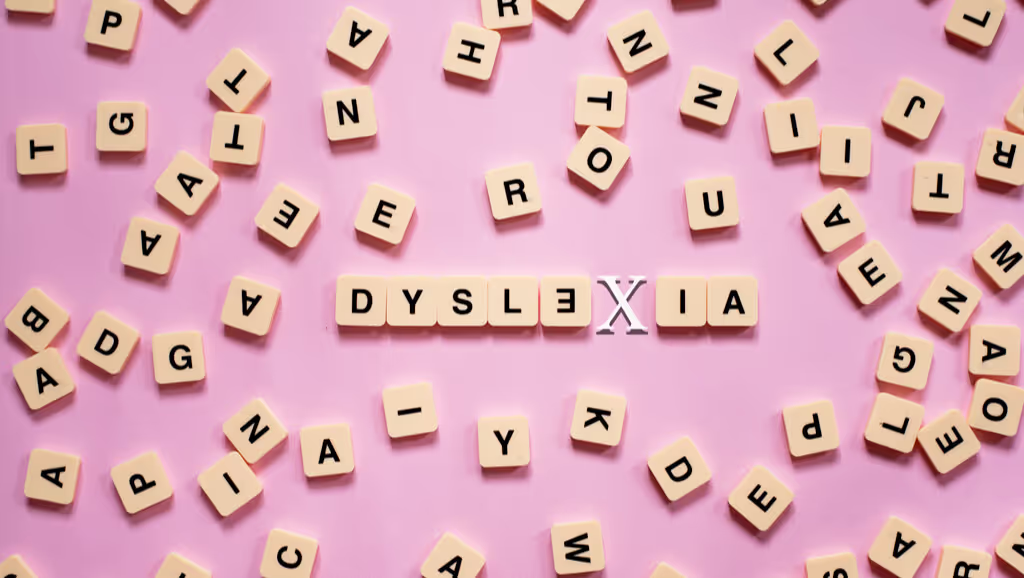
Top 20 Dyslexia Statistics And Facts
- It is estimated that 1 out of 10 people have dyslexia.
- The world has roughly 7.8 billion people living it in, where 780 million of them are dyslexic.
- More than 40 million US adults have dyslexia, with only 2 million of them receiving a diagnosis.
- Between 70% and 80% of people harboring limited reading proficiency suffer from dyslexia.
- 1 out of every 5 students, representing 15% to 20% of the total, have a learning disability centered on language, with dyslexia being the most common disability.
- About 60% of people with dyslexia are men, with women representing a similar percentage.
- People from different economic and ethnic backgrounds suffer from dyslexia at about the same rate.
- Children that grow up in poverty are 40% more likely to have reading and language learning difficulties.
- Between 70% to 80% of kids attending schools with a large minority population have poor reading abilities.
- Based on recent studies, about 38% of 4th-grade students read at a level that's below average, or below 40% of their peers.
- Countrywide, about 20% of all elementary school children have problems learning how to read.
- 5% of all adults in the US are functionally illiterate.
- About 25% of adults read at an elementary school level.
- The high school dropout rate for kids with reading problems is 62%.
- 89% of students with an individualized education have problems reading, with 85% of them having dyslexia.
- Kids with ADHD account for 30% of those that are also dyslexic.
- One of the most famous scientists, Albert Einstein, was dyslexic. Furthermore, there is no correlation between dyslexia and IQ.
- Although false, 80% of people assume that dyslexia is linked to mental retardation.
- Dyslexia is not just about getting numbers or letters mixed up or out of order.
- More than 50% of NASA employees are dyslexic.
What Percentage Of The Population Has Dyslexia?
It is estimated that 1 out of 10 people have dyslexia. That means that with a 7.8 billion global population, there are around 780 million people with dyslexia globally.
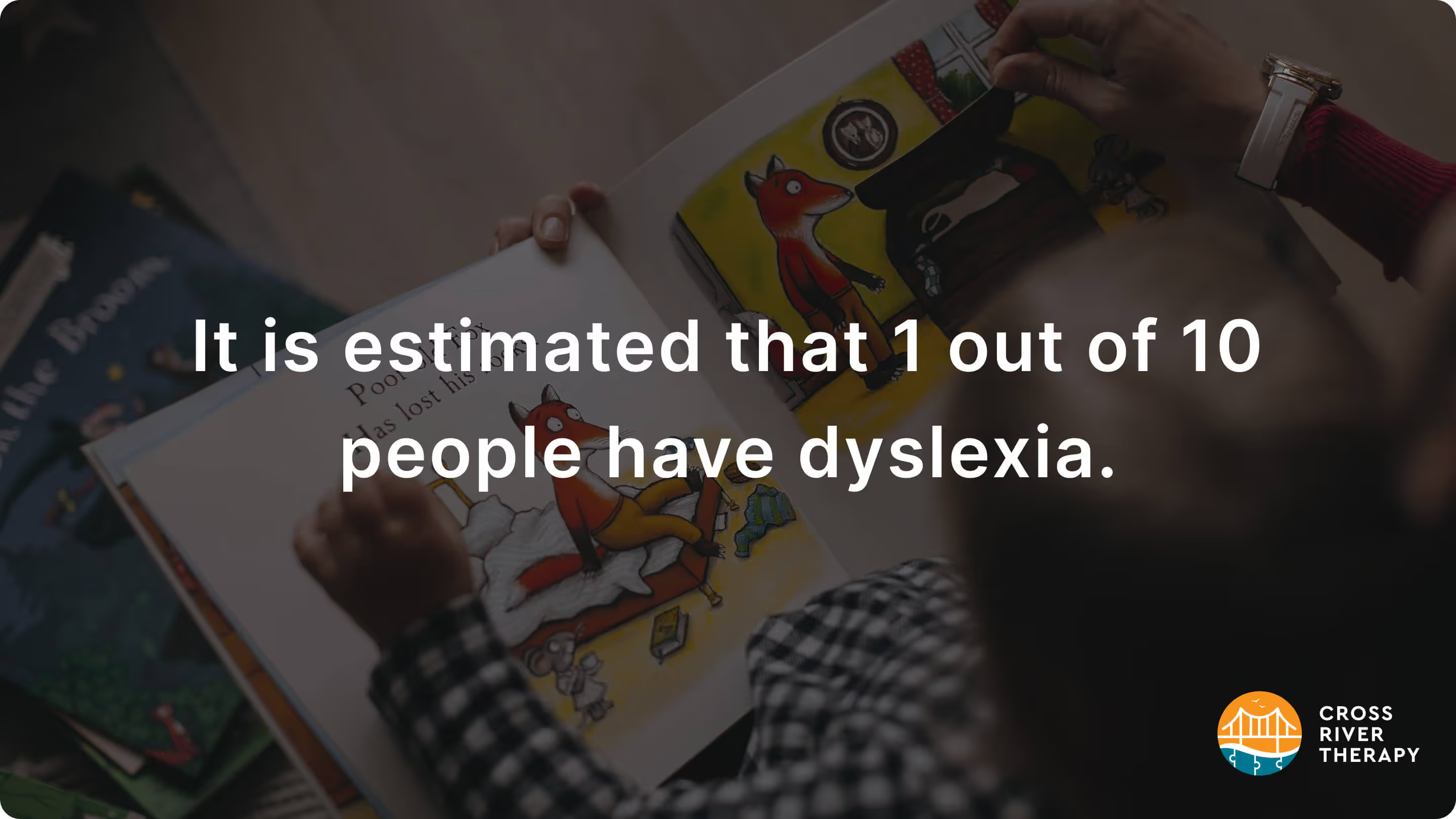
Below is an illustration which shows what each side of our brains think about. Our brains are very complex and can remember many things - more than you think.
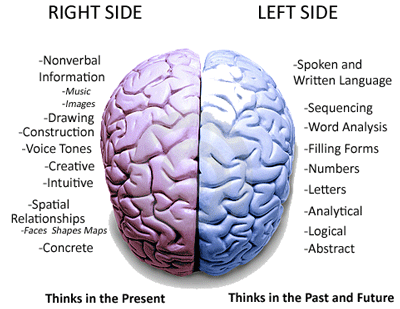
- People with dyslexia live and work all around the world, the condition being detected without regard to language or culture. It impacts between 9% and 12% of the world's population, with between 2% and 4% of people having severe symptoms.
- About 20% of kids going to school in the United States have dyslexia.
- When the correct teaching methods are appropriate, children with dyslexia can successfully learn over 90% of the time.
- NASA employs a workforce where over 50% of the people are dyslexic.
- Dyslexia is proven to run in people's families, whereby parents with the disorder are likely to have it passed down to their children.
- Over 80% of dyslexics have problems with organization, planning, prioritizing, being punctual, and staying focused on background noise being heard.
- People with dyslexia have a 60% greater chance of being able to connect ideas well and use alternative methods to solve problems.
- Dyslexic people represent 20% or more of workers employed in professions like computer science, art, drama, economics, mechanics, math, and sports.
How Many People Have Dyslexia Worldwide?
The world has roughly 7.8 billion people living it in, where 780 million of them are dyslexic. This total includes people both diagnosed, undiagnosed, and misdiagnosed.
- It is estimated that 1 out of 10 people have dyslexia.
- The world has roughly 7.8 billion people living it in, where 780 million of them are dyslexic.
- More than 40 million US adults have dyslexia, with only 2 million of them receiving a diagnosis.
How Many People Have Dyslexia In The U.S?
More than 40 million US adults have dyslexia, with only 2 million of them receiving a diagnosis. Between 5% and 15% of Americans, which represents 14.5 to 43.5 million kids and adults, are dyslexic.

What Is Dyslexia?
- Dyslexia is classified as an unpredicted level of problems in reading comprehension, typically among people that should be able to read better than they do. It's often due to problems with the phonological processing of words. The difficulty is shown in how words are understood, their appreciation, and how the variations of sounds made are interpreted. it can impact one's ability to read, speak, spell, or even learn another language.
- The most prevalent learning disability is dyslexia, individuals with the condition have problems processing language the same way other people do.
- One out of every five people has dyslexia.
- Between 70% and 85% of kids that are enrolled in special education for a learning disability have dyslexia.
- Not mirroring any defects in language on its own, dyslexia is more of a localized imperfection with parts of the brain that moderate the human ability in phonetics. This is where sounds emitted when speaking a language are combined to create words or when they’re broken down into individual sounds.
- Creativity and intelligence are very high in people with dyslexia.
- Dyslexic people rely more on the right side of the brain for language processing.
- Kids are twice as likely or at a 50% greater risk of being dyslexic if at least one parent has the condition. If both parents are dyslexic, their child has a near 100% chance of having it as well.
- There are different severities of dyslexia, with about 40% of individuals also having an ADHD diagnosis. People with dyslexia also burn much more energy when attempting to complete specific objectives. Such tasks would seem mundane to others.
- As dyslexia isn't a disease, there isn't a cure. As a learning disorder, it's characterized by problems using and processing different codes of linguistics, symbolism, and letters that represent sound variations or numbers.
Is Dyslexia More Common Among Boys?
Dyslexia affects both boys and girls at about the same rates. However, boys are more often sent for evaluation for dyslexia than girls are, though this could be related in part to puberty, particularly for preteens.

What Percentage Of Dyslexic People Are Successful?
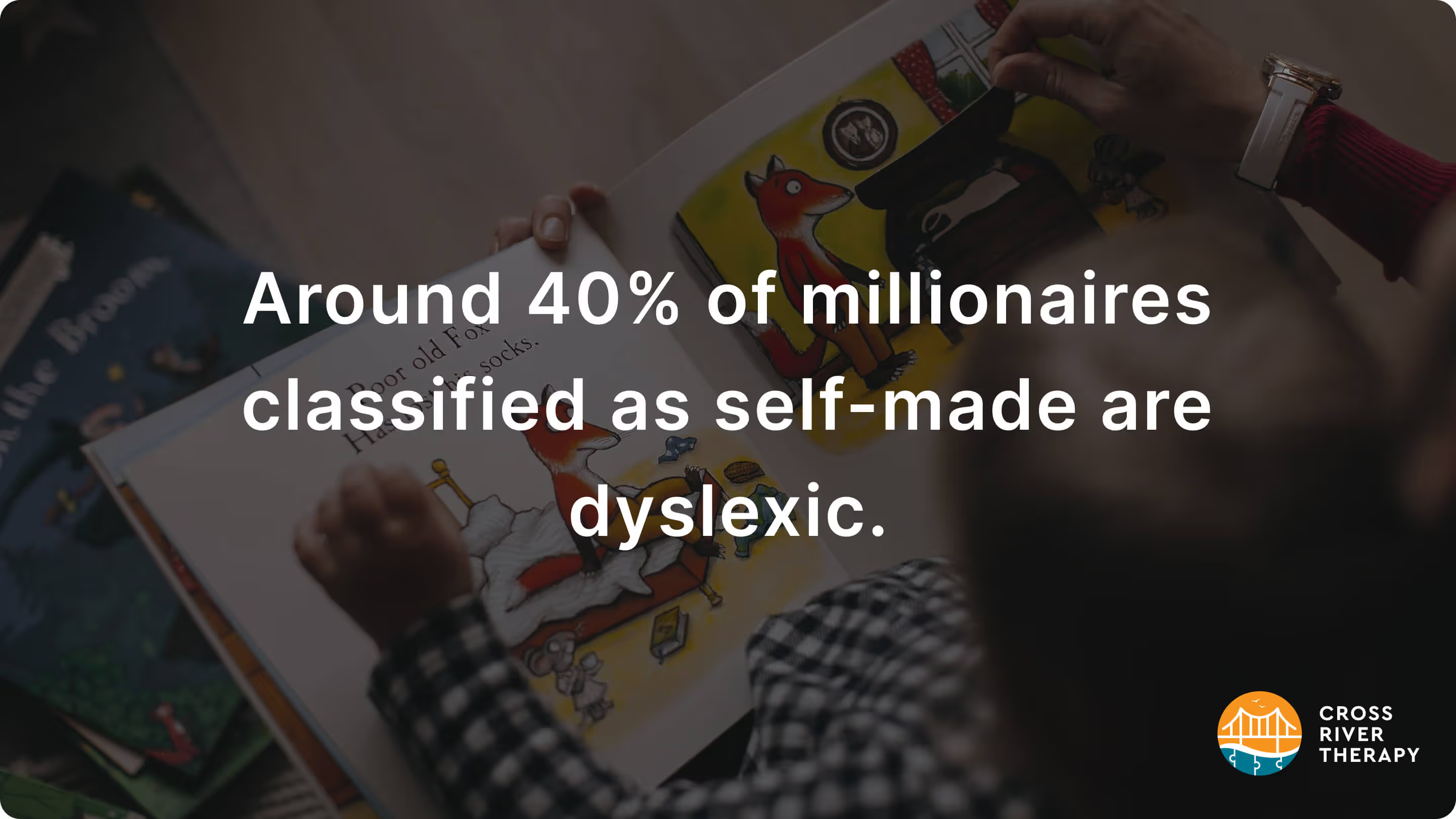
- In one UK study, researchers discovered that around 40% of millionaires classified as self-made are dyslexic.
- At least 25% of most CEOs are dyslexic, even though they may not be aware of it.
- About 70% of people with dyslexia graduate and receive their high school diploma.

Sources
- American Dyslexia Association
- The International Dyslexia Association
- The Dyslexia Center
- The Dyslexia Foundation
- The Child Mind Institute
- https://www.dyslexiacenterofutah.org/Statistics
- https://austinlearningsolutions.com/blog/38-dyslexia-facts-and-statistics
- https://www.dosomething.org/us/facts/11-facts-about-dyslexia
- https://dyslexia.yale.edu/dyslexia/dyslexia-faq/
Recent News
Related articles
.avif)
100+ YouTube Statistics, Facts & Demographics
In 2023, YouTube has over 2.5 billion monthly active users.

39 Teacher Statistics And Demographics
Find the most up-to-date teacher demographics and statistics that'll surprise you.

Twitter Statistics for Social Media Enthusiasts [2024]
Explore compelling twitter statistics, user demographics, content engagement, and future predictions.
.avif)
89 TikTok Statistics, Facts & User Demographics
New TikTok statistics show that TikTok has quickly become one of the most popular social media platforms, with users spending an average of 52 minutes per day scrolling through videos.
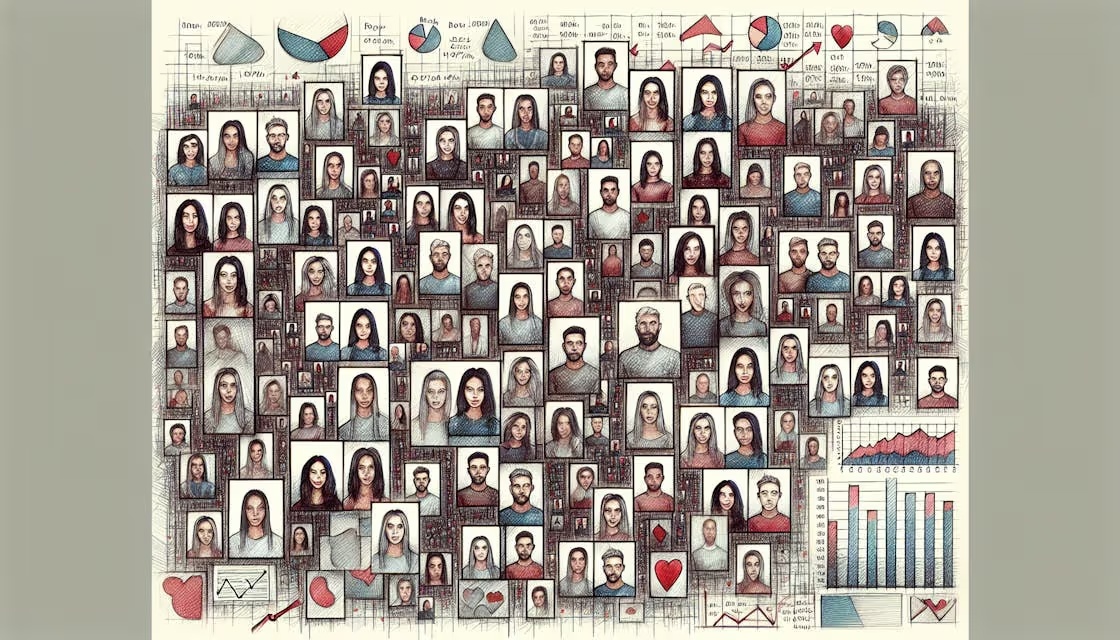
Key Tinder Statistics You Need to Know
Dive into the world of Tinder statistics - revealing insights on user demographics, engagement, and global trends.
.avif)
49 Telehealth Statistics & Telemedicine Trends
Telehealth statistics show that the use of virtual care is 38 times higher than before the COVID-19 pandemic.

Teacher Salary By State: Highest-Paid Teachers By State
Today we'll breakdown a teacher's salary by state, as well as the highest-paid teachers by state.

121 Social Media Addiction Statistics Worldwide
Did you know that around 70% of teens and young adults in the US have a social media addiction?

57 Scholarship Statistics, Facts & Demographics
Did you know over 1.7 million scholarships are awarded annually? Keep reading to find more scholarship statistics.

Average Screen Time Statistics & Facts (Usage)
Did you know people spend 6 hours 58 minutes on screens everyday? Find more screen time statistics below.

59 Physical Therapy Statistics, Facts & Demographics
There are 578,565 people employed in the physical therapy industry in the US as of 2022. Find more physical therapy statistics and facts below.

Spotify Statistics: 79+ Intriguing Consumption Statistics in Music
Dive into the evolution of music with intriguing Spotify statistics; from user engagement to financial performance.

